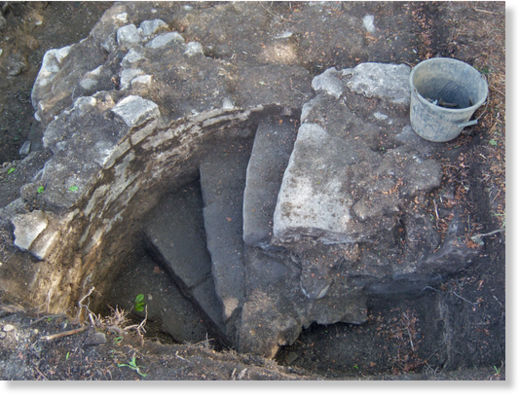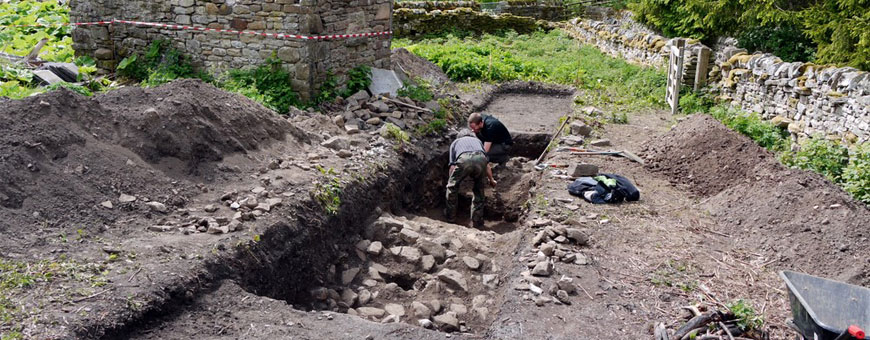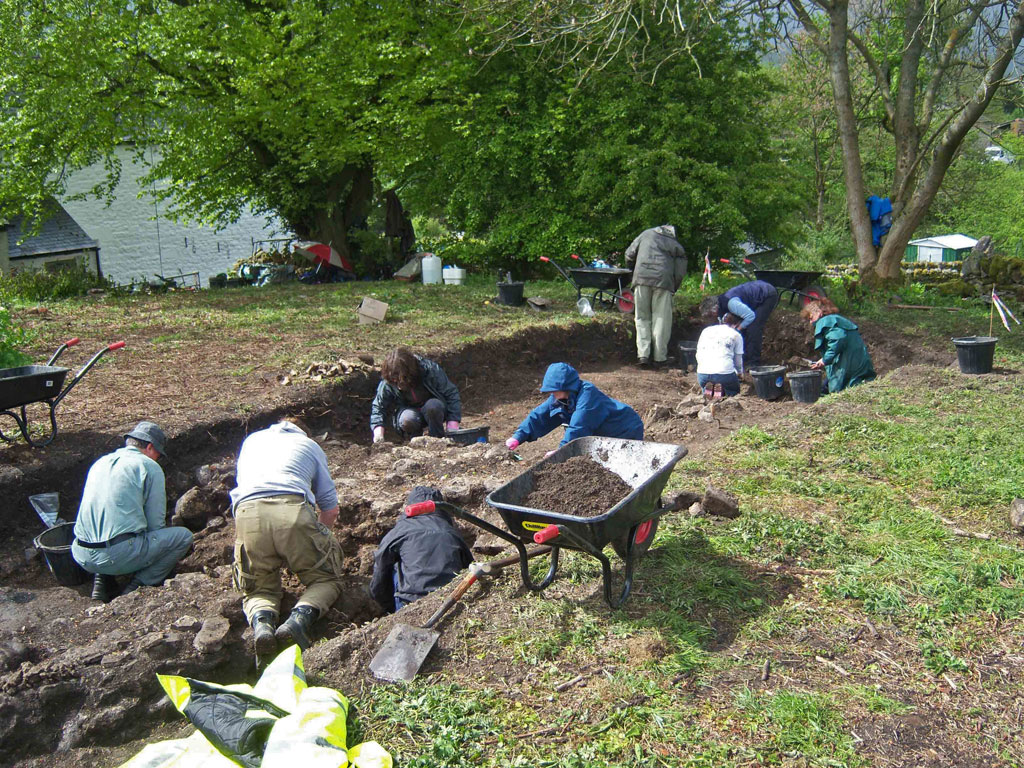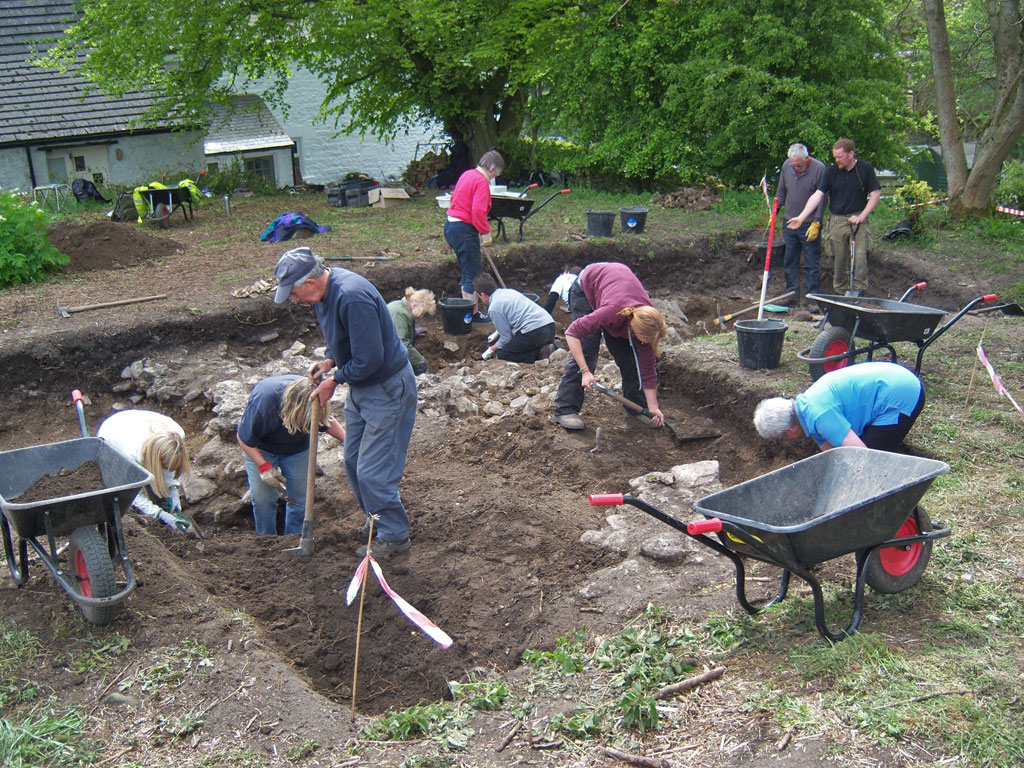Fifty volunteers from the North Pennines AONB Partnership's Altogether Archaeology and backed by the Heritage Lottery Fund and English Heritage are busy uncovering the ruins of Westgate Castle in Weardale.
From the 13th until the early 17th century, Westgate Castle served as the 'west gate' into the Bishop of Durham's great deer park, and functioned as an administrative headquarters for the Bishop's extensive estate encompassing the Old Forest of Weardale.
By the mid 17th century it lay in ruins and its masonry was quarried for new buildings.
Paul Frodsham, the North Pennines AONB Partnership's Historic Environment Officer said: "Today, nothing of its masonry survives above ground, but recent geophysical survey suggests that substantial walls survive buried below the surface. We're not aiming to excavate the entire site, but just to uncover a sample of what survives in order to help inform plans for its future".
Try It
Paul Frodsham added, "People often think archaeology is only something they read about in books or watch the experts do on TV. With the AONB Partnership's Altogether Archaeology project, they can get out and try it themselves with appropriate professional training and supervision. The enthusiasm and commitment of local volunteers has been wonderful, and we hope to complete many more interesting projects in addition to Westgate Castle."
Most of the volunteers are North Pennines residents, but some are from further afield. Samantha Angel, an archaeology undergraduate at the University of Central Florida said: "I heard about the Altogether Archaeology project from a relative and as I was in England this week I just had to sign up for the Westgate dig. I hope to work in Egypt, but wherever in the world my archaeological career takes me in future I will always remember that my first dig was at Westgate Castle in England's North Pennines!"

Ian Reedman of Cowshill, who has taken part in several Altogether Archaeology modules, thinks it is fantastic that local people are being given training in how to do different types of archaeological fieldwork: "I've learnt about aerial photography, geophysical survey, landscape survey, documentary survey and excavation, and applying these new-found skills to studying the North Pennines is absolutely fantastic.
"Excavating structures and finds that have lain buried here at Westgate for 800 years is an exhilarating experience that I would recommend to anyone. I am coming to realise that archaeology is everywhere around us, just waiting for us to discover it. "
The Westgate excavations are directed by Trix Randerson of Archaeological Services Durham University, who says: "It is great for the University to be helping local communities uncover their heritage. I am very glad to have the chance to help the volunteers develop their fieldwork skills that I hope they will use on many more future projects throughout the North Pennines."
Hard Work
The Westgate excavations ended on Saturday 14 May, after which the ruins will be reburied. Paul Frodsham said: "It's always a shame when ruins have to be reburied after so much hard work has gone into their excavation, but this project is teaching us a great deal about this very important site, and hopefully we will be able to do more work here in future.
"One thing is certain, local residents should be left in no doubt that although it may not appear spectacular today, 800 years ago this was probably the single most important building in the whole of Weardale."






Reader Comments
to our Newsletter